Cats puke—it's just part of the deal. But did you know the color of that mess can actually tell you something important? A cat vomit color chart helps pet parents decode the shades of stomach trouble. Gross? Yes. Useful? Absolutely!
Different colors can mean different things, like an empty stomach, digestive issues, or a serious medical problem. If your kitty's throwing up regularly, checking the color could help you figure out if it's just a hairball situation or if it's time to call your vet.
Why the Color of Cat Vomit Matters

The color of your cat's vomit can tell you if they simply ate too fast or if something more serious is going on. Red? That could mean blood. Green? Maybe they chewed on a plant. Dark brown? Could be liver disease. Every shade has a story.
Instead of playing the guessing game, familiarize yourself with what these colors mean, so you can plan your next steps. It may seem gross to inspect vomit, but your kitty's health depends on it.
How Vomit Color Can Indicate Health Problems in Cats
That weird shade in your pet's vomit can clue you into what's happening inside their digestive tract. Yellow liquid is usually from an empty stomach, while brown could point to something serious in the gastrointestinal (GI) tract.
If your cat's throwing up green vomit, they might have eaten plant material, or worse, they could have a foreign body stuck in their intestinal tract. And if you ever spot blood, that's a red flag to get emergency care right away.
The Importance of Monitoring Your Cat's Vomit
The color, texture, and frequency of your cat's puke can reveal hidden health conditions. A one-time clear liquid vomit is probably nothing to worry about. But chronic vomiting? That's a whole different story, and it could mean kidney disease, liver disease, or inflammatory bowel disease (IBD).
Track your cat's vomit color, how much they're puking, and any other symptoms, such as weight loss or a bloated abdomen. This info helps your veterinarian figure out what's really happening.
Cat Vomit Color Chart
Ever wished cat puke came with a label? Well, a cat vomit color chart is the next best thing. Different colors can mean different things, from harmless hairballs to serious digestive issues. This handy chart helps pet parents make sense of the mess. While it won't replace veterinary attention, it can tell you what the color could indicate. To learn more, continue reading to see when vomit color may indicate a serious concern.

Clear Vomit: What It Means for Your Cat's Health
Clear liquid vomit usually consists of stomach juices or acid. This can happen when a cat's stomach is empty for too long, leading to irritation. A little bit every now and then is usually no big deal.
However, too many instances could mean motion sickness, viral infections, or intestinal tract problems. If your pet keeps puking up clear fluid and has weight loss, a bloated stomach, or other symptoms, it's best to see your vet.
White Foam Vomit: When To Be Concerned
White, foamy puke usually happens when a feline's stomach acid mixes with air. A little once in a while could mean an empty belly, but frequent foamy vomit might point to food allergies, digestive tract irritation, or IBD.
If your cat's throwing up white foam regularly, watch for other signs like a bloated tummy, weight reduction, or lack of appetite. If it keeps happening, get your vet's help right away.
Yellow Vomit: Understanding Bile in Cats

Yellow vomit is basically your cat tossing up stomach bile, a sign their stomach is running on empty. If they go too long without food, stomach acid can build up and cause irritation and, well, puking. A one-time event is usually fine, but persistent vomiting of yellow liquid could point to food allergies, liver problems, or an intestinal blockage.
If your furry buddy frequently vomits bile, consider feeding smaller, more frequent meals. But if it becomes regular or comes with bloating, weight loss, or other concerning symptoms, see your vet for a checkup.
Red or Black in Vomit: A Serious Health Concern
If your cat's vomit has bright red streaks, it could mean irritation in the esophagus or upper GI tract. If it looks like black coffee grounds, that could signal digested blood, possibly from an internal issue like an ulcer or liver disease.
This is not a wait-and-see situation! Bloody vomit can indicate a serious medical issue, so call your vet and seek emergency help right away.
Green Vomit: Potential Causes and What It Means
Green puke could mean your cat ate some plant material, but it might also mean stomach bile, an issue in the digestive tract, or toxic substances. If your kitty loves nibbling on houseplants, double-check that none are harmful.
But if they haven't been snacking on greenery, their green puke could link to intestinal issues, an obstruction, or viral infection. Keep an eye out for other symptoms like lethargy, weight reduction, or persistent vomiting. If the puking persists, see your vet for help.
Brown Vomit: Possible Indications of Digestive Issues
Brown cat vomit could simply be due to undigested food. But if it looks dark or sludge-like, it might mean stomach acid mixed with blood, pointing to digestive issues or liver problems. In some cases, brown vomit can signal that your cat ate something they shouldn't have, like a foreign object.
If your feline friend keeps throwing up dark brown vomit, or if it smells particularly foul, it could indicate an intestinal blockage. Combine that with loss of weight, bloating, or chronic vomiting, and it's time to get veterinary attention ASAP.
How To Identify the Underlying Cause of Vomiting Based on Color
Color alone won't tell the whole story. To figure out what's really going on, you'll need to look at other factors like texture, frequency, and additional symptoms. Is the vomit foamy, chunky, or watery? Does your cat seem lethargic, bloated, or losing weight?
Analyzing the color with these signs can help narrow down possible causes. When in doubt, always consult your vet for a proper diagnosis.
Related Post: Cat Throwing Up: Common Reasons and What to Do
When to Contact Your Vet About Cat Vomiting

If your cat vomits once or twice but acts normal, you can monitor them. But if your cat shows any of the symptoms below, prompt treatment is crucial. Some issues can escalate fast, so don't take the risk!
-
Vomit Blood
-
Chronic Vomiting
-
Weight Drop, Bloated Abdomen, or Weakness
-
Green Puke
-
Brown Vomit With a Foul Dmell
Preventing Vomiting in Cats: Tips for Digestive Health
No one wants to deal with cat puke on the daily. The good news? You can take steps to reduce those messy surprises and keep your feline companion in top shape. A few simple changes can make a big difference:
- Feed Smaller, More Frequent Meals. Large meals can overwhelm your cat's stomach, leading to vomiting. Smaller portions keep things easier to digest.
- Choose High-Quality Cat Food. Some felines have food allergies or sensitivities. Switching to a gentle, high-quality pet food can help.
- Keep Hairballs Under Control. Regular brushing helps reduce loose hair that can turn into vomit hairballs later.
- Prevent Fast Eating. Slow feeder bowls can help pets who gobble their food too quickly, reducing undigested food vomit.
- Minimize Stress and Nervousness. A calm cat is a happy cat! Reducing fear of separation and other worries can prevent stomach issues.
Related Post: Cat Sensitive Stomach Explained + Helpful Suggestions
Choosing the Right Diet for Your Cat's Digestive Health
Look for high-quality cat food with simple, natural ingredients. Avoid fillers like corn, wheat, and artificial additives, which can upset your kitty's tummy. If your pet vomits often, consider a bland food diet or a vet-approved option. And always make diet changes gradually. A sudden switch can cause more stomach troubles than it solves!
Managing Stress and Anxiety To Prevent Vomiting
Fear of separation, loud noises, or sudden changes can upset our feline friends' stomachs, leading to vomiting. Reducing stress can help prevent all that unnecessary puking. For example, creating a calm environment with safe hiding places and routine playtime are great approaches.
Natural solutions like CBD (cannabidiol) may also help ease anxious behaviors in our cat companions. CBD interacts with your cat's endocannabinoid system (ECS), which helps regulate mood, digestion, and overall well-being.
Good news: HolistaPet's CBD cat products offer a gentle, holistic way to keep your kitty relaxed and their tummy happy. By supporting a balanced ECS, our CBD Cat Treats, CBD Calming Chews, CBD Oil, and CBD Capsules can promote relaxation, help reduce nervousness, and potentially prevent stress-related vomiting.
Final Thoughts on Cat Vomit Color and Health Monitoring
Cat puke isn't pretty, but ignoring it? That's worse. With a color chart, you can easily decode what's happening inside your cat's body, so you know when to relax and when to see your vet. Paying attention to the color, frequency, and other symptoms can make all the difference in your feline friend's health.
Want to take things a step further? Prevent issues before they even start! Feed a balanced diet, reduce anxious behaviors, and keep your kitty's tummy happy with HolistaPet's CBD products. Less stress, fewer messes, and a healthier cat. It doesn't get better than that!
Find more caring tips for your cat here.



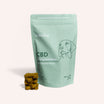

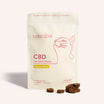
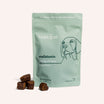
![Probiotics For Dogs [Soft Chews] - HolistaPet](http://www.holistapet.com/cdn/shop/files/Probiotic-Infographic-1_472d7a29-e30c-435a-9638-1365d8c3a9f9.jpg?v=1725384841&width=104)
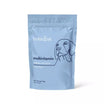



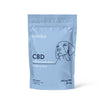
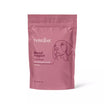
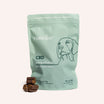
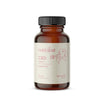
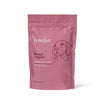
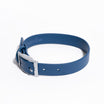

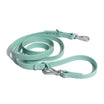


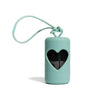



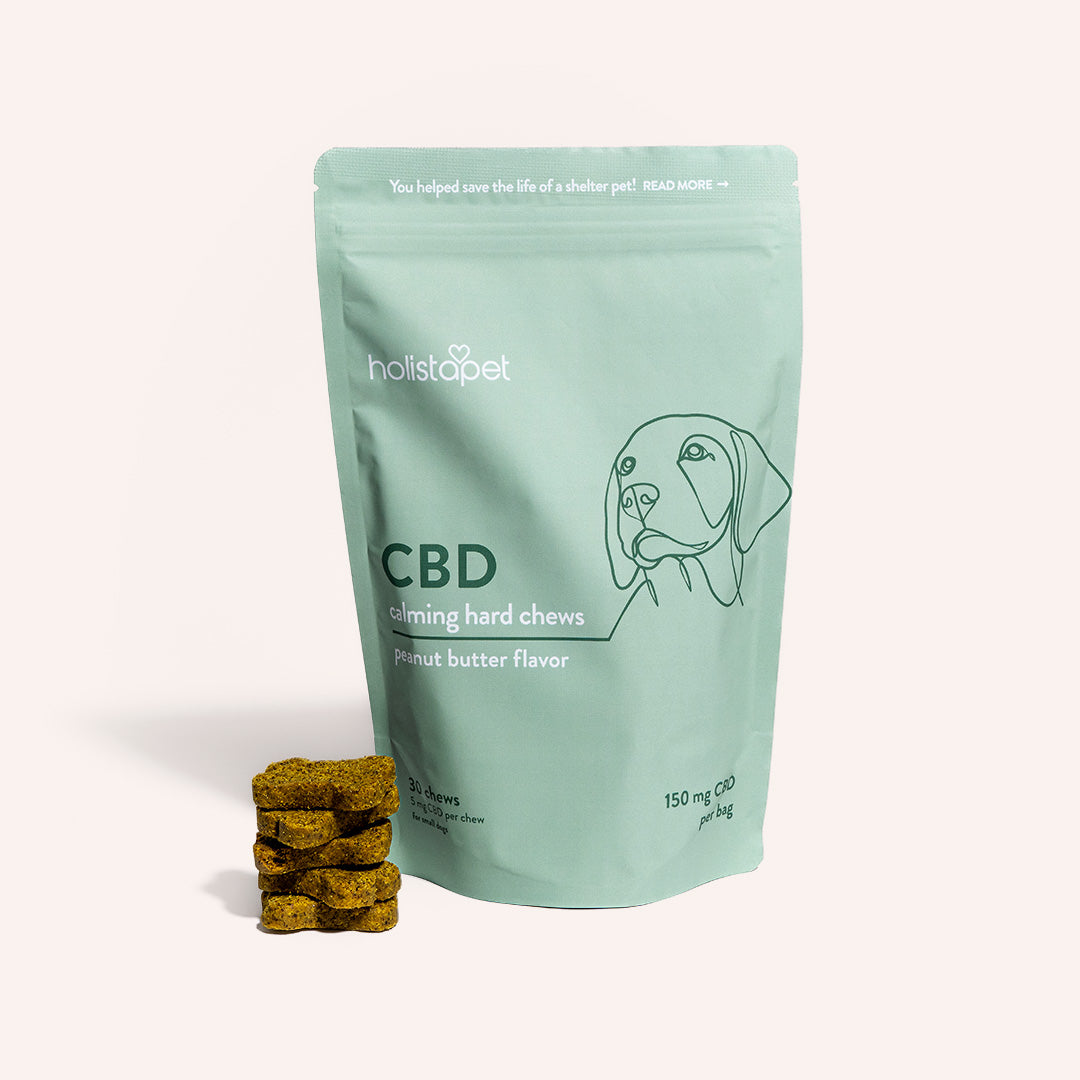
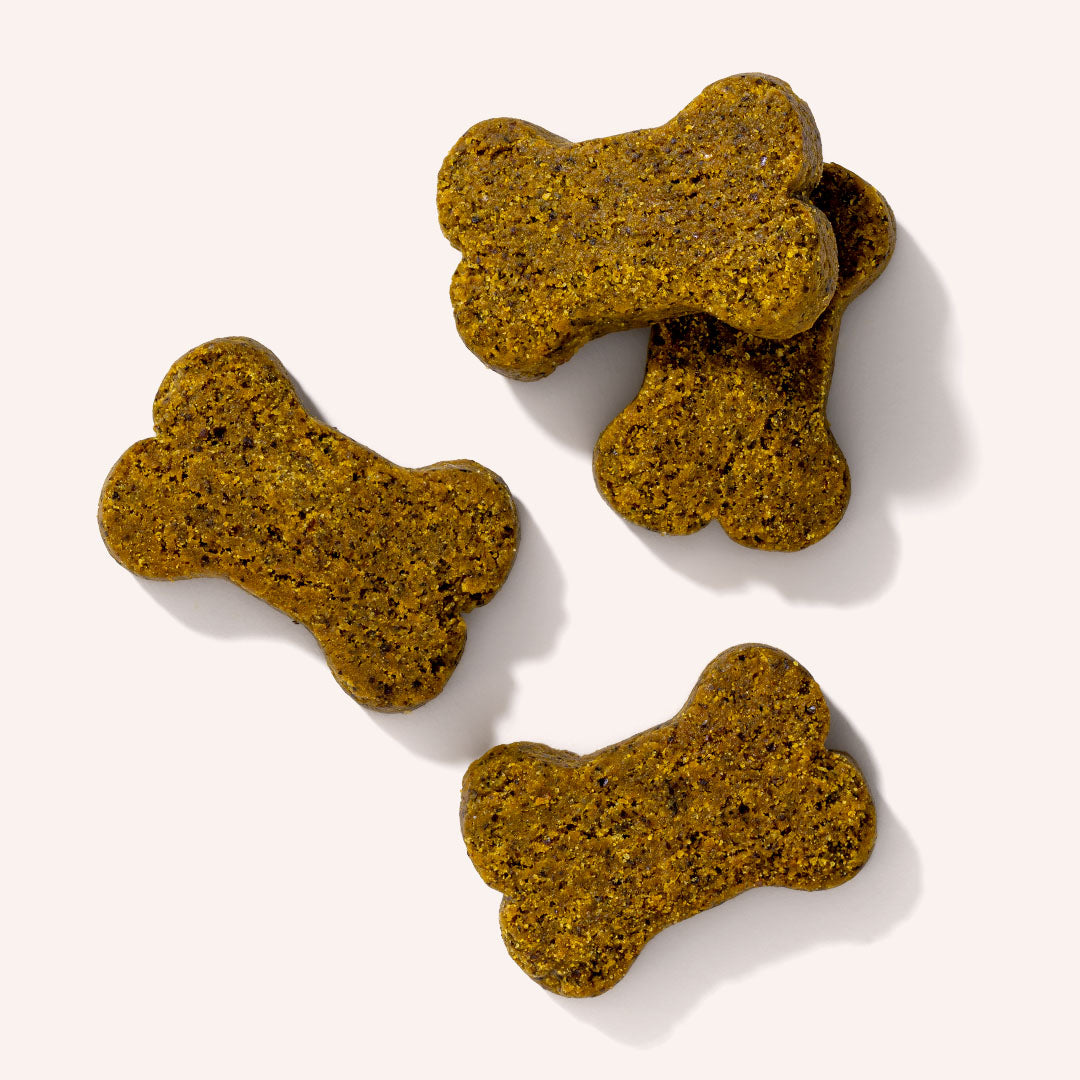
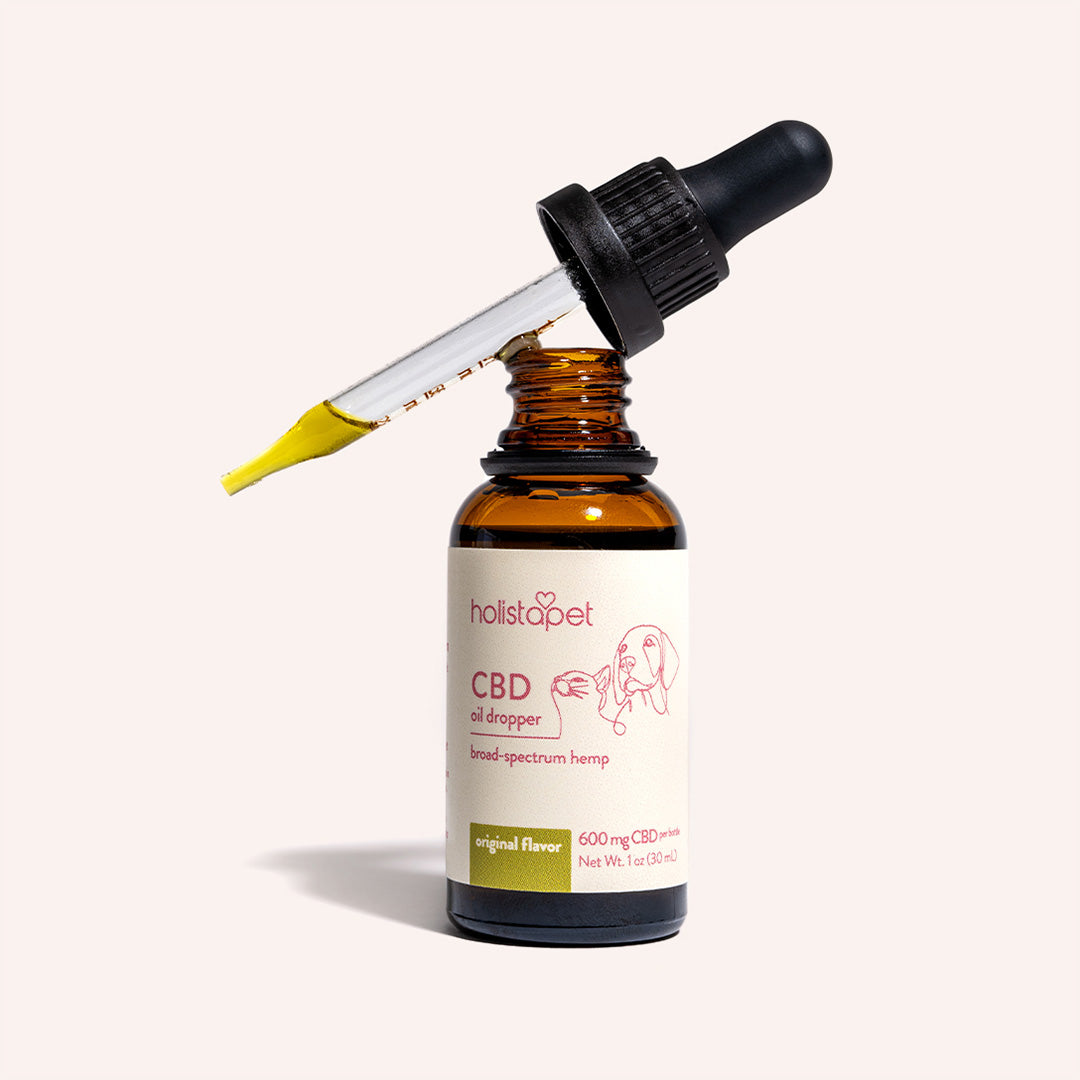
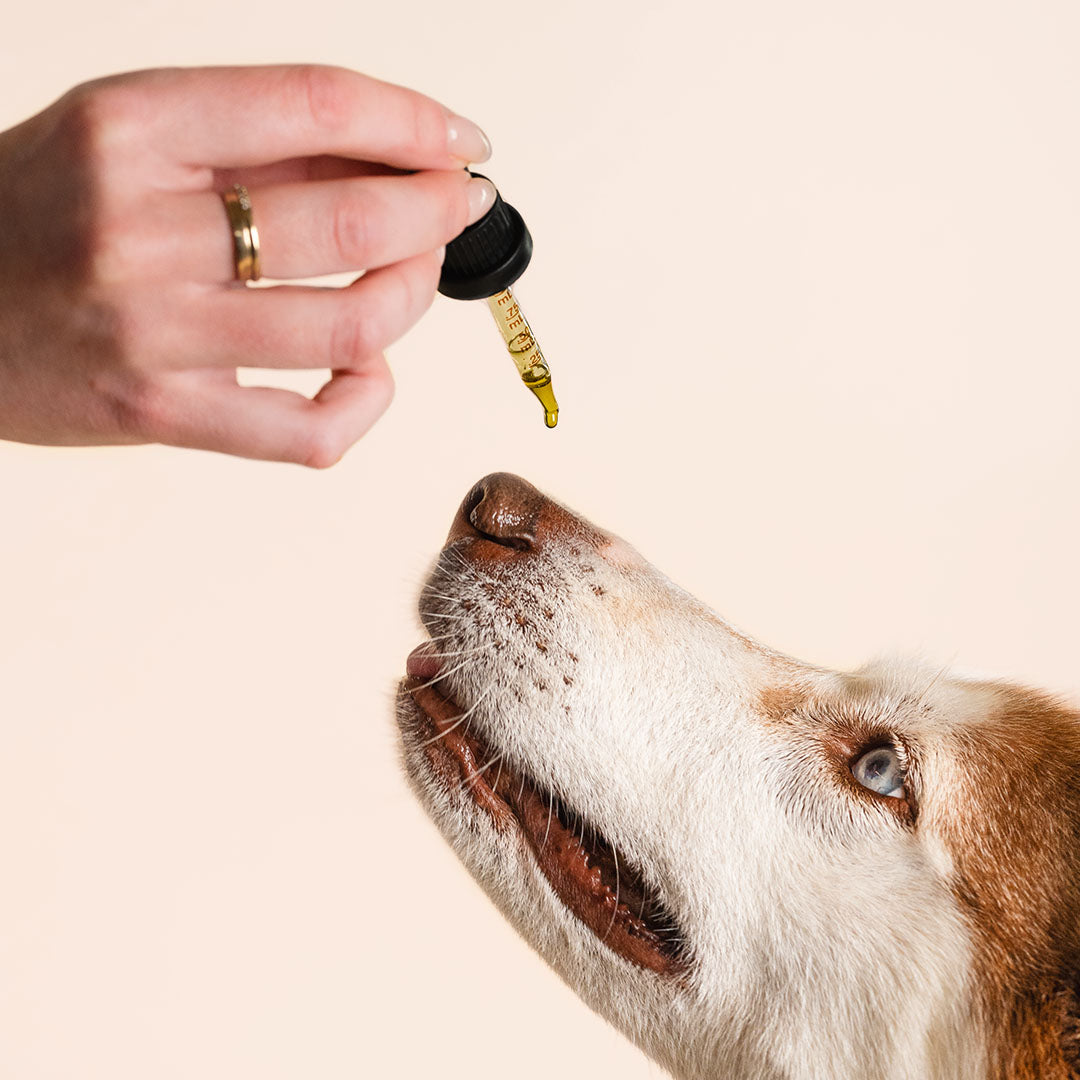
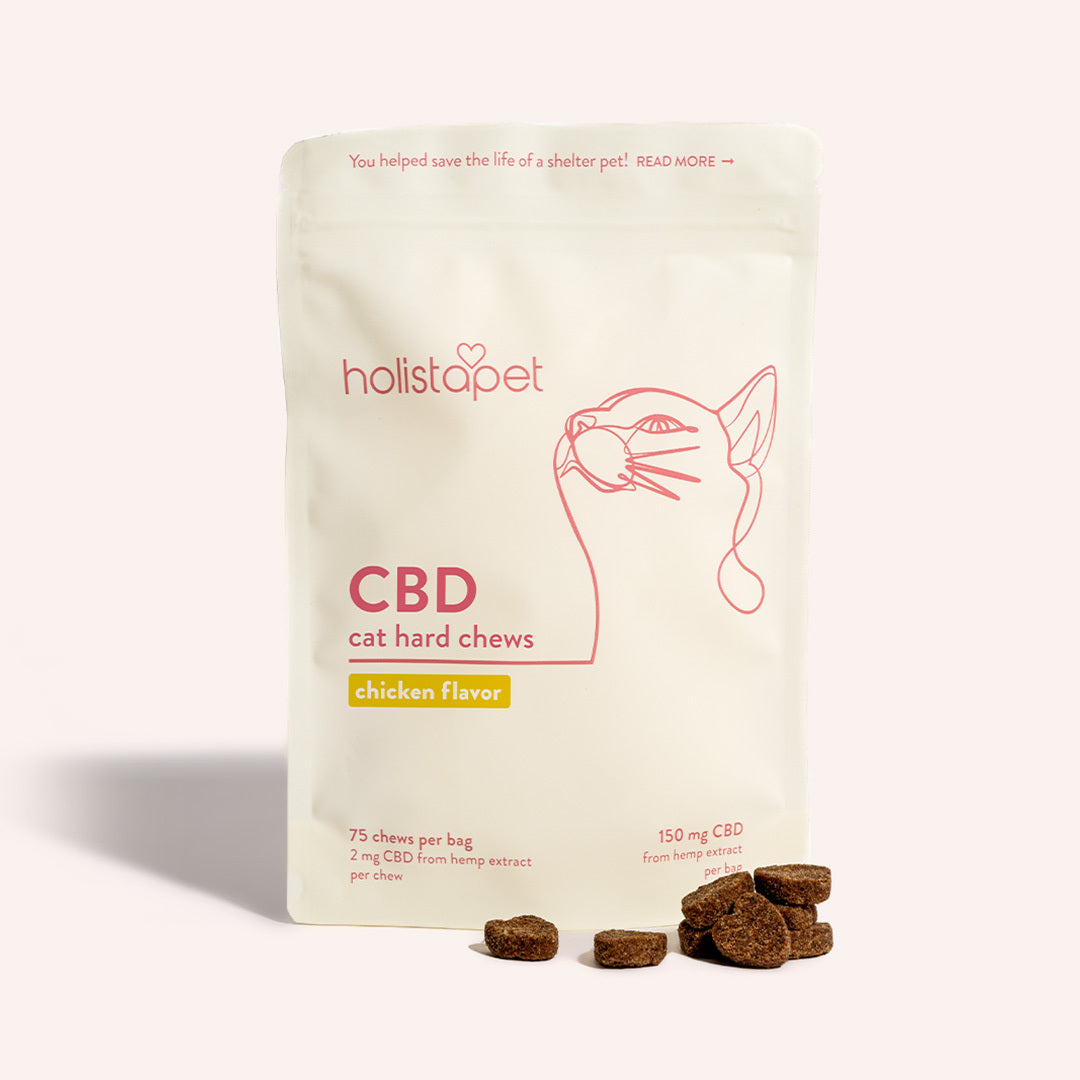
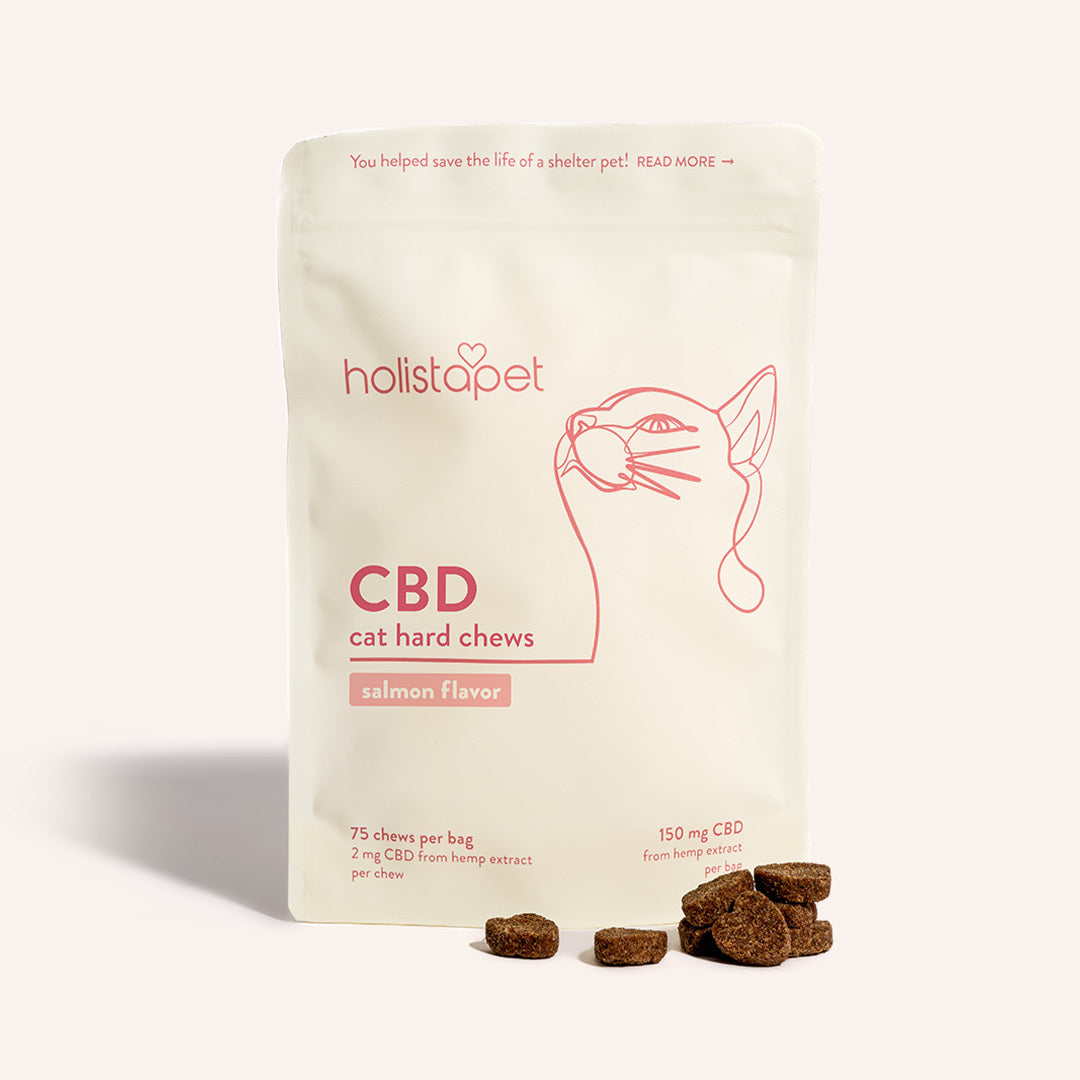
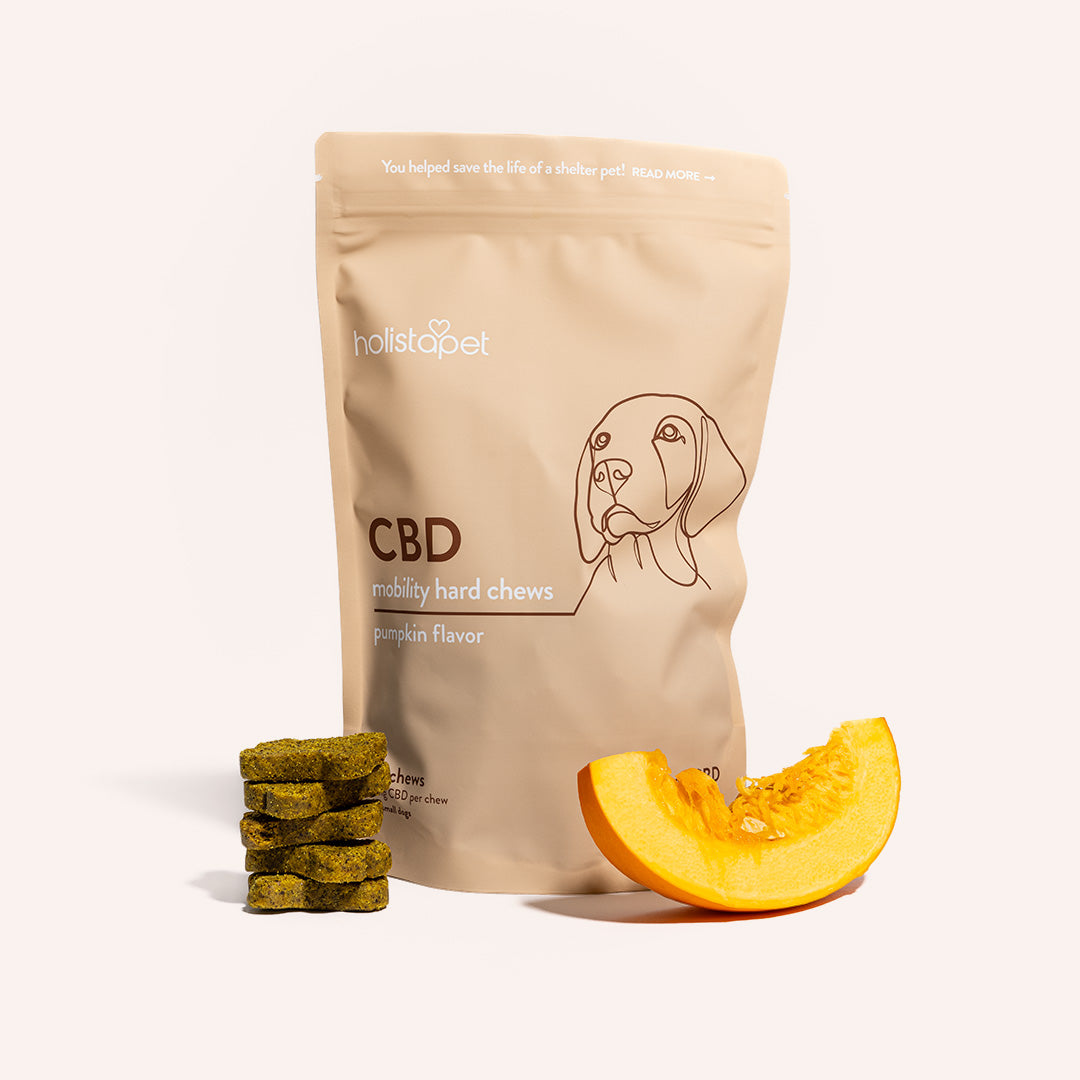
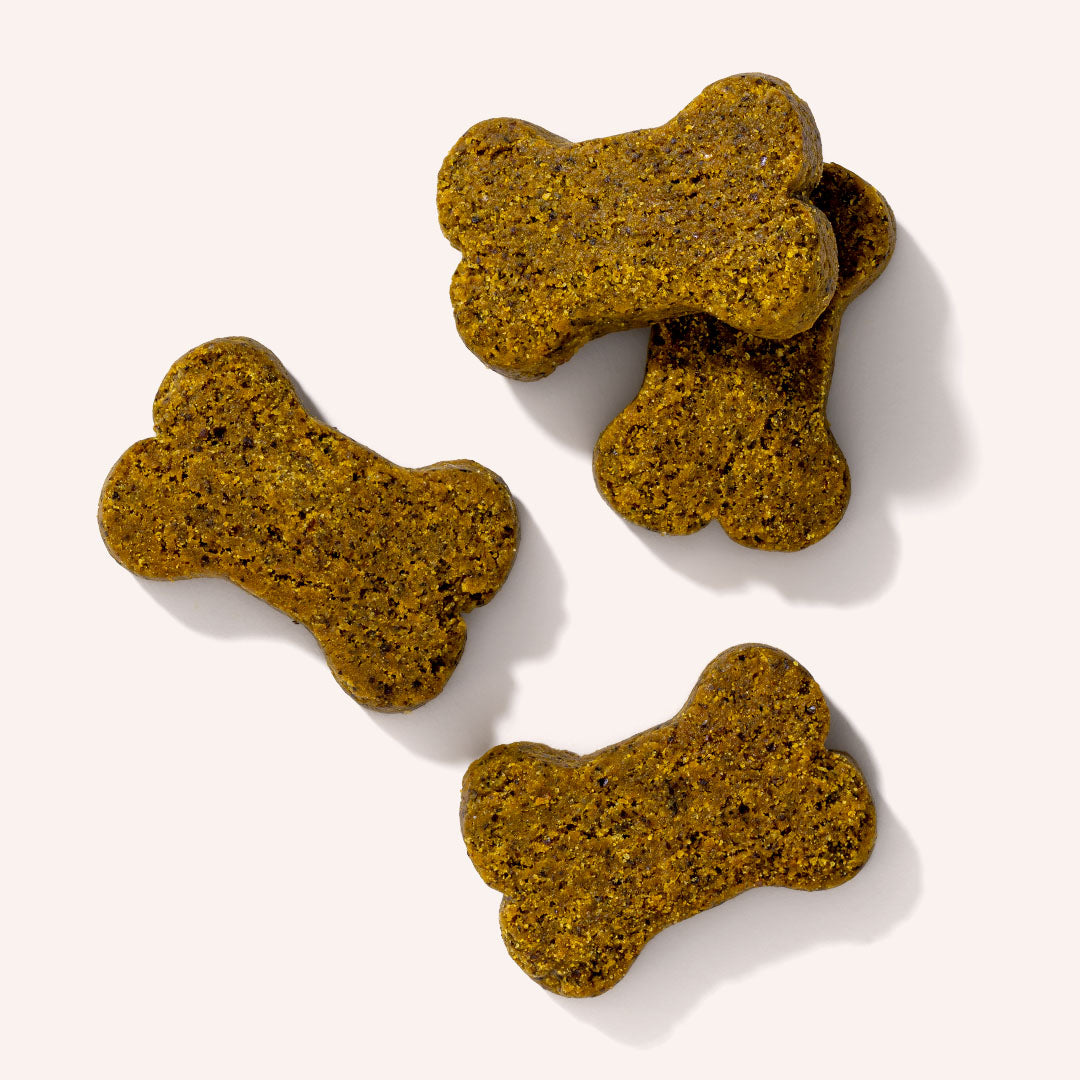

Leave a comment
All comments are moderated before being published.
This site is protected by hCaptcha and the hCaptcha Privacy Policy and Terms of Service apply.